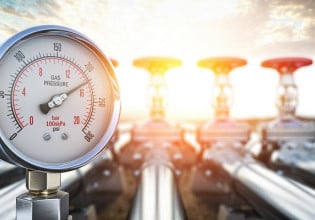Y
I have 20HP , 1440 RPM old motor running for blower with nameplate efficiency as 89%. When I checked out the power by applying load manager I got the power as 5.5kW. Now I want to replace this motor with proper rated motor and better efficiency. For ROI I am facing question of considering efficiency. What efficiency do I consider either 89% or less?? Is there any formula for calculating efficiency based on % loading ( especially below 50%)??
thanks and regards,
yogesh tapaswi
[email protected]
thanks and regards,
yogesh tapaswi
[email protected]






